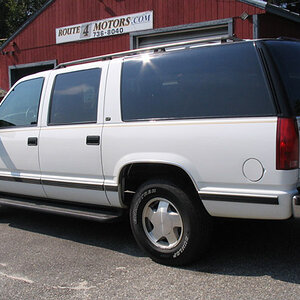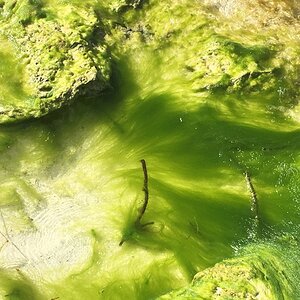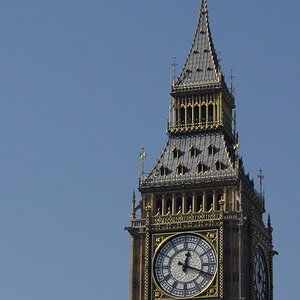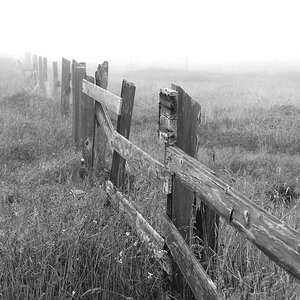Chas
TPF Noob!
- Joined
- Jul 4, 2007
- Messages
- 114
- Reaction score
- 0
Interesting, and I did read something like that recently. Sorry to be such a newb to digital B&W but what the hey .... With 4X5 for example, I'm accustomed to (usually) exposing for the requisite amount of detail in the important shadows and then developing for the highlights (as much as possible) in an effort to control the range of print values, because of course if the little activated crystals aren't there (in the shadows) in the first place they can't be built upon with prolonged development in the darkroom. I guess it's different in the world of flowing electrons, buckets, sweeps and whatnot.Rather than alerting you about underexposed areas however, most cameras will warn you about overexposure. With digital photography, the shadow detail is more 'recoverable' than detail that has been blown out. However, there is more detail/information in the upper end of the range. This is where we get the technique called 'Expose to the right'. Basically, it means the the best exposure will give you a histogram that is as close to the right (bright) side but without actually clipping the right edge.
But I look forward to adjusting my thinking - it's all good, and rejuvenating in a way.

Another DSLR "pre-newbie" question (what temerity! - I don't even own one yet ....): How much really good exposure information can you get with a DSLR using say 10 or 20X mag and peering at a 2.5" LCD screen (i.e. previewing), out there in the real world of ambient light? A lot better than nothing I'm sure (mostly the case in my 4X5 world, although I did sometimes take Polaroids first if it was critical ...), but how useful it is really ? ....





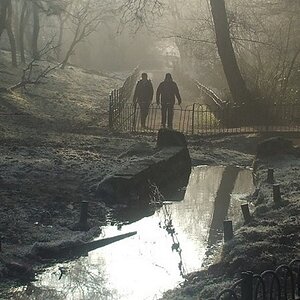
![[No title]](/data/xfmg/thumbnail/35/35955-01e9c8140cdcaac10d227d68e42ac0d4.jpg?1619737267)
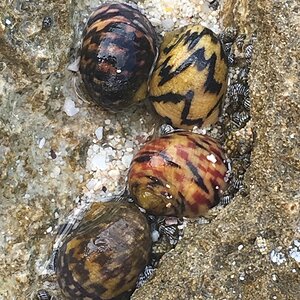

![[No title]](/data/xfmg/thumbnail/35/35953-1a8b92df0115ff7026f31b78855ac815.jpg?1619737264)
